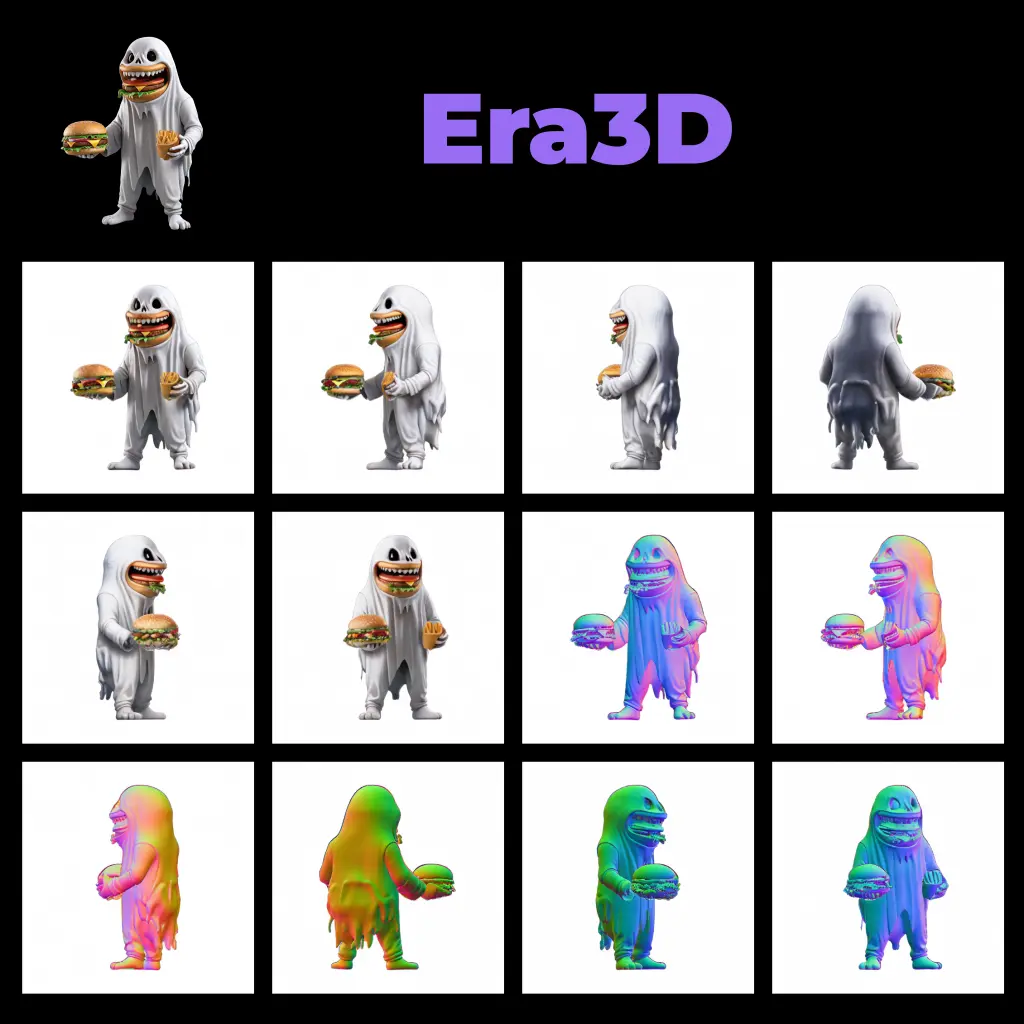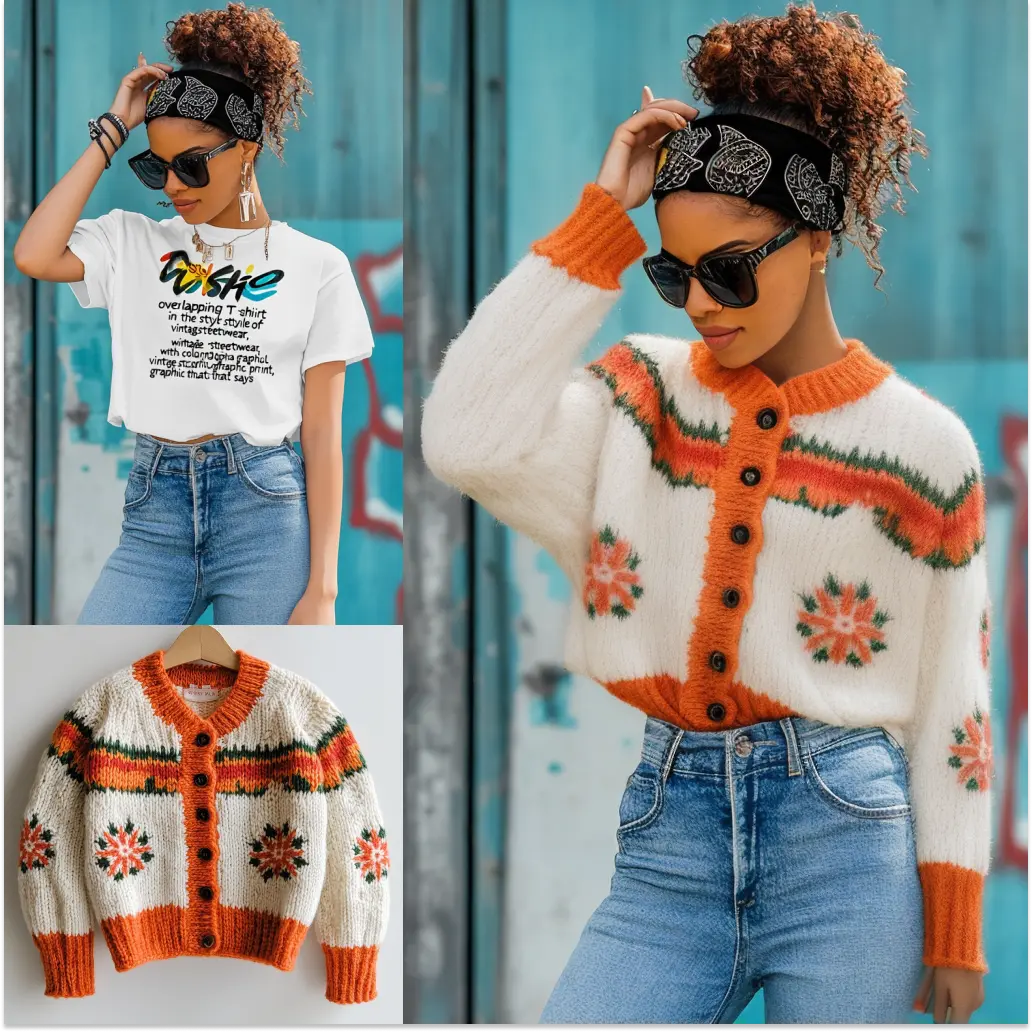ComfyUI Node: GR Flip Tile Random Inverted
GR Flip Tile Random Inverted
CategoryGraftingRayman/Tiles
GraftingRayman (Account age: 447days) Extension
GraftingRayman Latest Updated
2025-03-24 Github Stars
0.06K
How to Install GraftingRayman
Install this extension via the ComfyUI Manager by searching for GraftingRayman- 1. Click the Manager button in the main menu
- 2. Select Custom Nodes Manager button
- 3. Enter GraftingRayman in the search bar
Visit ComfyUI Online for ready-to-use ComfyUI environment
- Free trial available
- 16GB VRAM to 80GB VRAM GPU machines
- 400+ preloaded models/nodes
- Freedom to upload custom models/nodes
- 200+ ready-to-run workflows
- 100% private workspace with up to 200GB storage
- Dedicated Support
GR Flip Tile Random Inverted Description
Randomly flips and inverts grid tiles for dynamic image transformations.
GR Flip Tile Random Inverted:
The GR Flip Tile Random Inverted node is designed to manipulate an image by randomly selecting a tile within a grid and flipping it horizontally. This flipped tile is then inverted, creating a visually striking effect. The node processes the image by dividing it into a grid of tiles, applying the flip and inversion to one randomly chosen tile, and leaving the rest of the tiles unchanged. This method can add an element of randomness and surprise to your artwork, making it more dynamic and interesting. The primary goal of this node is to introduce a unique transformation that can enhance the visual appeal of your images by combining flipping and color inversion in a controlled yet random manner.
GR Flip Tile Random Inverted Input Parameters:
image
The image parameter is the input image that you want to process. It should be a tensor representing the image data, typically with dimensions corresponding to batch size, height, width, and channels. This parameter is essential as it provides the base image on which the tile flipping and inversion operations will be performed.
rows
The rows parameter specifies the number of rows into which the image will be divided. This determines the height of each tile. Increasing the number of rows will result in smaller tiles, while decreasing it will create larger tiles. The minimum value is 1, and there is no strict maximum, but it should be chosen based on the image size to ensure meaningful tile dimensions.
columns
The columns parameter defines the number of columns into which the image will be divided. This determines the width of each tile. Similar to the rows parameter, increasing the number of columns will result in smaller tiles, and decreasing it will create larger tiles. The minimum value is 1, and the maximum value should be chosen based on the image size.
border
The border parameter sets the width of the border around each tile. This border can help to visually separate the tiles and can be set to 0 if no border is desired. The minimum value is 0, and the maximum value depends on the tile size and the desired visual effect. The default value is typically 0.
colour
The colour parameter specifies the color of the border around each tile. This is used only if the border parameter is greater than 0. The color should be provided in a format that the node can interpret, such as an RGB tuple. This parameter helps in customizing the appearance of the borders around the tiles.
seed
The seed parameter is used to initialize the random number generator for selecting the tile to be flipped and inverted. By setting a specific seed, you can ensure reproducibility of the random selection process. If not provided, the selection will be different each time the node is executed.
GR Flip Tile Random Inverted Output Parameters:
new_image
The new_image parameter is the output image with one randomly selected tile flipped horizontally. This image retains the original colors and structure except for the flipped tile, providing a subtle yet noticeable transformation.
inverted_image
The inverted_image parameter is the output image with the same tile that was flipped in the new_image, but with its colors inverted. This creates a more dramatic effect by combining the flip with a color inversion, making the selected tile stand out even more.
GR Flip Tile Random Inverted Usage Tips:
- To achieve a more pronounced effect, increase the number of rows and columns to create smaller tiles, which will make the flipped and inverted tile more noticeable.
- Use the border parameter to add a distinct separation between tiles, which can enhance the visual impact of the transformation.
- Experiment with different seed values to explore various random selections of the tile to be flipped and inverted, adding variety to your artwork.
GR Flip Tile Random Inverted Common Errors and Solutions:
"IndexError: index out of range"
- Explanation: This error occurs if the specified number of rows or columns exceeds the dimensions of the image.
- Solution: Ensure that the rows and columns parameters are set to values that are appropriate for the size of the input image.
"TypeError: expected Tensor as input"
- Explanation: This error occurs if the input image is not provided as a tensor.
- Solution: Make sure that the input image is correctly formatted as a tensor before passing it to the node.
"ValueError: invalid color format"
- Explanation: This error occurs if the color parameter is not provided in a recognizable format.
- Solution: Ensure that the color is specified correctly, such as an RGB tuple, and that it is compatible with the node's requirements.
GR Flip Tile Random Inverted Related Nodes
RunComfy is the premier ComfyUI platform, offering ComfyUI online environment and services, along with ComfyUI workflows featuring stunning visuals. RunComfy also provides AI Playground, enabling artists to harness the latest AI tools to create incredible art.





